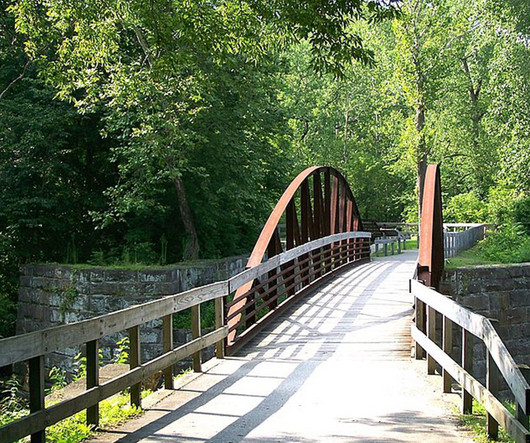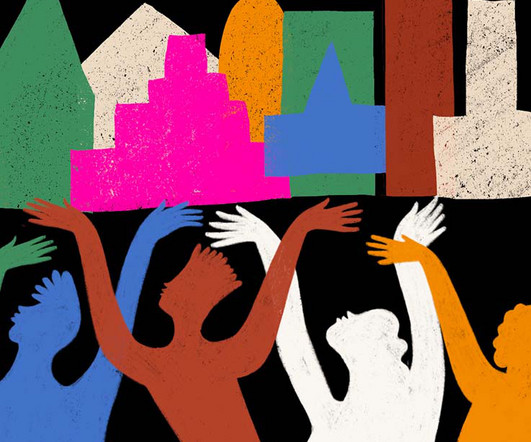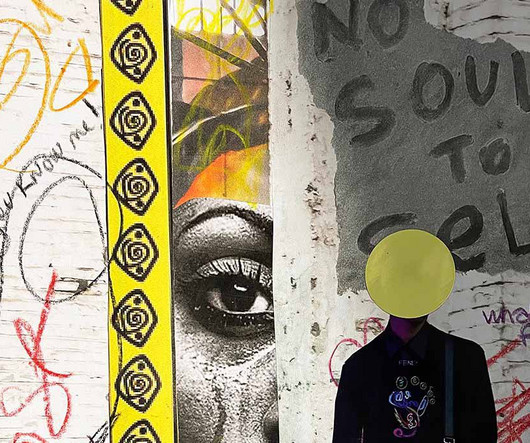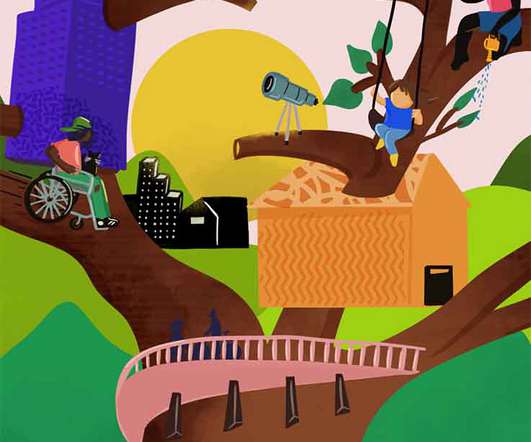??How Community-Based Public Space Can Build Civic Trust: Lessons from Akron
NonProfit Quarterly
OCTOBER 24, 2023
That changed when a team from Reimagining the Civic Commons decided to reinvigorate public spaces in Akron’s systemically disinvested neighborhoods, including Summit Lake. Moving at the Speed of Trust Employing deep listening, engaging in meetings, and building one-on-one relationships with neighbors…helped inform public space design.












Let's personalize your content